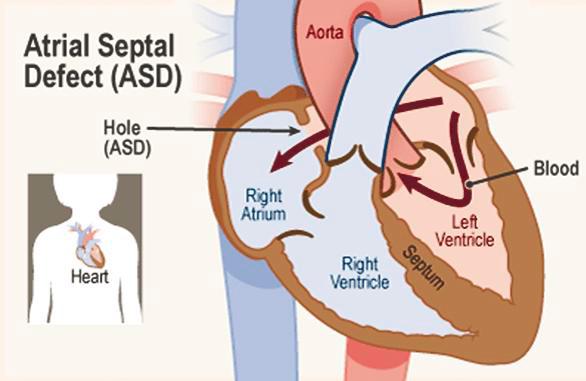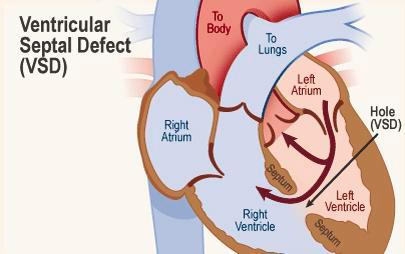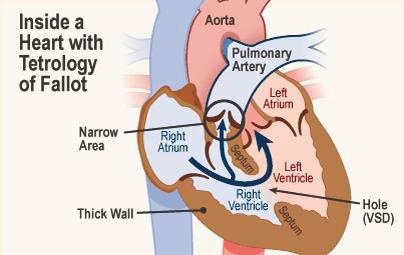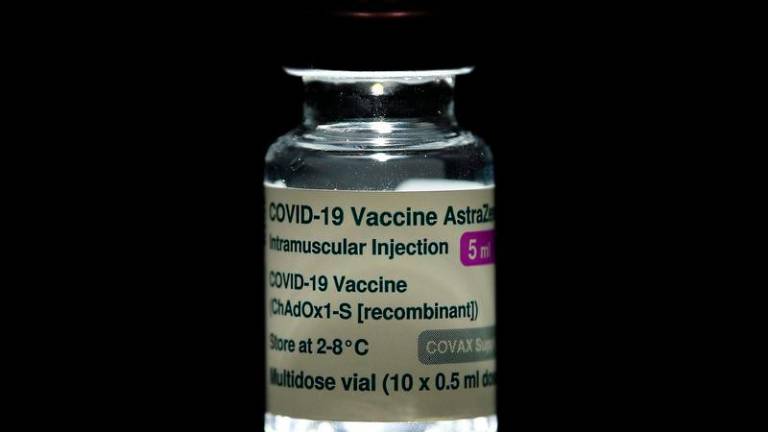CONGENITAL heart diseases are problems with the heart’s structure that are present at birth. They are among the most common birth defects, together with neural tube defects and Down syndrome. Congenital heart disease occurs in approximately 8 out of every 1000 live births.
The term congenital heart disease refers to a large group of defects that affects the structure of the heart and the way it works. The defect can be in the way how the blood flows through the heart and out to the rest of the body.
Certain conditions increase the risk of a child being born with congenital heart disease, including:
-> Genetic conditions such as Down syndrome, DiGeorge syndrome, Turner syndrome
-> Maternal diabetes, especially if the diabetes is uncontrolled
-> Maternal exposure to viral infections such as rubella
-> Maternal alcohol or drug use during pregnancy
-> Certain medications such as isotretinoin which is used to treat acne, or lithium for bipolar disorder
Some major defects can be diagnosed during pregnancy through ultrasound, although there are some that are not able to be detected until after birth or even later in life.

A few of the most common congenital heart diseases are ventricular septal defect, atrial septal defect, and Tetralogy of Fallot. Beyond these, there are far more various defects of varying complexity.
At birth, all newborn babies undergo a routine full physical examination. Less serious cases of congenital heart disease may not have any symptoms and may not be noticed initially.
These may continue to be asymptomatic, or gradually show symptoms as a result of the increased burden to the heart. It is not uncommon for an infant or child to have signs of heart disease picked up by chance during a clinic visit for other reasons.
In more severe cases, symptoms are present earlier and may be more profound. Some of the possible symptoms include:
-> Blue lips, skin, and fingernails (cyanosis)
-> Heart murmur
-> Rapid breathing
-> Poor feeding and poor growth in infants
-> Easily feeling tired
Some congenital heart diseases produce an abnormal blood flow through the heart which can be heard using a stethoscope. This is called a heart murmur. There are also “innocent murmurs” which are audible murmurs but with no structural defects present in the child.

Thus if congenital heart disease is suspected, it is necessary to further evaluate the child. The child may require one or more tests, which include an echocardiogram, electrocardiogram, chest X-ray, or cardiac catheterisation.
Once the diagnosis of the specific heart disease is reached, it is important to assess the impact of the defect on the child. Some simpler heart defects may resolve spontaneously, though close observation is still necessary until then. There are also some defects that persist into adult life.
A heart which is subjected to prolonged increased burden may progress into heart failure where the heart is not able to function to meet the needs of the body. Medications are sometimes prescribed to help reduce the workload of the heart, but these are not curative and ultimately a proportion may require cardiac surgery. It is important to understand that there are certain complex defects that cannot be fully corrected even by surgery.

Even with modern improved treatments, many people with congenital heart disease are not fully cured even if the defect has been repaired. They remain at increased risk for health problems such as irregular heartbeat (arrhythmia), infection of the heart muscle (infective endocarditis), or weakness of the heart function (cardiomyopathy). People with congenital heart disease need to continue to visit their cardiologist on a regular basis to maintain their health condition.
Dr Yeap is a paediatrician attached to KPJ Sentosa KL. Through his articles, he aims to help increase public awareness of the common issues associated with children’s health.










